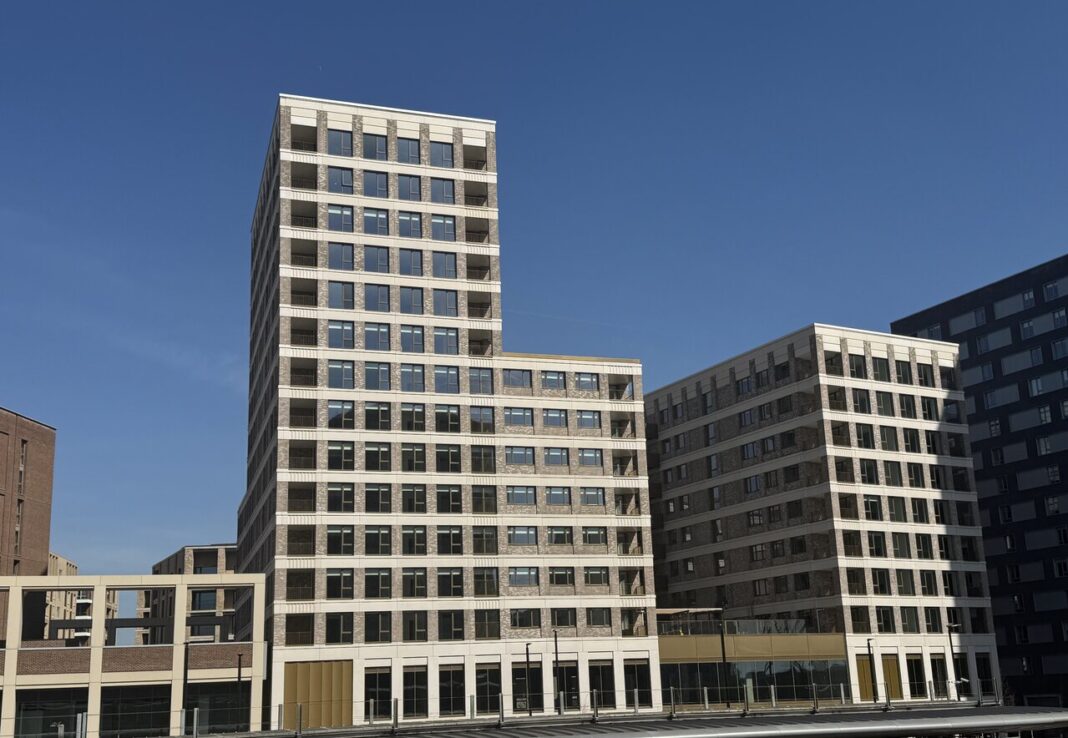Student accommodation and build-to-rent (BTR) have emerged as the UK’s most attractive real estate investments, according to Excellion Capital’s latest Investment Yields Index.
Offering stable yields below 5%, these residential sectors are now seen as the safest bets for investors seeking dependable income and favourable financing conditions.
The index, which analyses average rental yields across 13 property sectors as of March 2025, reveals that student accommodation currently offers the lowest average yield at 4.3%, with prime London assets commanding even lower returns of 4%.
Meanwhile, the build-to-rent sector delivers an average yield of 4.5%, remaining stable year-on-year. Prime BTR assets in Greater London yield 4.25%, while regional single-family and Tier 1 city BTR investments maintain yields of 4.5%.
STRONG ASSET VALUES
These low-yield assets appeal to lenders and institutional investors due to their predictability and strong asset values.

Robert Sadler, Vice President of Real Estate at Excellion Capital, says: “Low-yield residential sectors remain lender-friendly. They offer reliable income and lower regulatory burdens, making them an efficient use of capital despite tighter margins.”
In contrast, sectors such as shopping centres, leisure, and high street retail continue to offer high yields – but at a cost.
Shopping centres lead the pack with an average yield of 9.13%, rising to 10% for local and neighbourhood centres. Leisure properties yield an average of 8.5%, while good secondary high street retail assets can return up to 10%.
INCREASED RISK
Sadler adds: “High-yield assets offer potential upside but also carry increased risk. They can generate strong cash flow to service debt and fund business plans, but financing these assets requires experienced investors and careful asset selection.”
Co-living, a sub-sector bridging the residential and high-yield markets, illustrates this risk-return dynamic. Prime London co-living yields 4.25%, while traditional HMOs in England and Wales yield 9.7%, highlighting the sector’s diversity.
Despite wider economic uncertainty, residential investments – particularly in student housing and BTR – are increasingly viewed as recession-resilient and bankable. At the same time, risk-tolerant investors with strong asset management strategies continue to find value in retail and leisure, where higher yields can be realised with the right expertise.
As the real estate market adapts to new economic pressures, yield stability and lender appetite are likely to remain the key factors influencing investor strategy throughout 2025.











